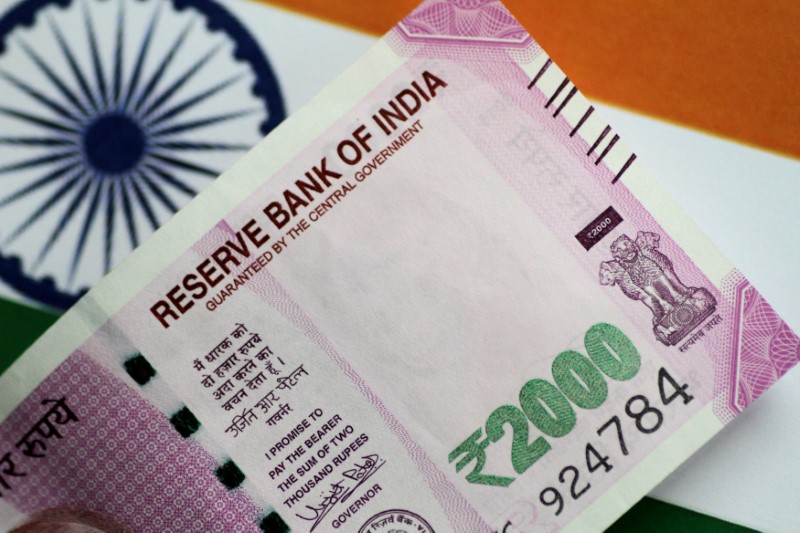Hedge funds cut NFLX, keep big bets on MSFT, AMZN, add NVDA
Friday saw the Indian rupee maintaining its level against the dollar, balancing early gains with increasing demand from domestic importers, including oil companies. Despite a positive start, where the rupee reached 86.4850, it settled at 86.6325 by 11:00 a.m. IST, marginally up from its previous close of 86.66.
According to Reuters, the stability in the rupee came amidst a backdrop of favorable global market signals and a softening of the dollar index, which stood at 106.4 after hitting a two-month low the day before.
Asian currencies, in general, experienced modest improvements, with most registering increases between 0.1% and 0.2%. This regional currency strength was echoed by a slight uptick in dollar-rupee forward premiums, influenced by a decrease in U.S. bond yields. The 1-year implied yield on these forwards advanced by 2 basis points to 2.14%.
Market sentiment around the rupee has been cautiously optimistic, with Anil Bhansali from Finrex Treasury Advisors suggesting a gradual appreciation towards 86.20 as market participants reduce their long positions on the USD/INR.
The Reserve Bank of India (NSE:BOI) (RBI) also appears comfortable with the rupee’s trajectory, as indicated by the recent easing of the rupee’s real effective exchange rate (REER) from 107.1 in December to 104.8 in January, reflecting a reduced overvaluation against major trading partners’ currencies.
The RBI’s interventions earlier in the month have been credited with mitigating the depreciation pressure on the rupee. As a result, the cost of hedging against a weaker rupee has seen a decline.
Investors are now looking forward to the minutes from the RBI’s February policy meeting, expected to be released after the market closes today. The meeting was noteworthy for introducing the central bank’s first rate cut in nearly five years.
This article was generated with the support of AI and reviewed by an editor. For more information see our T&C.
